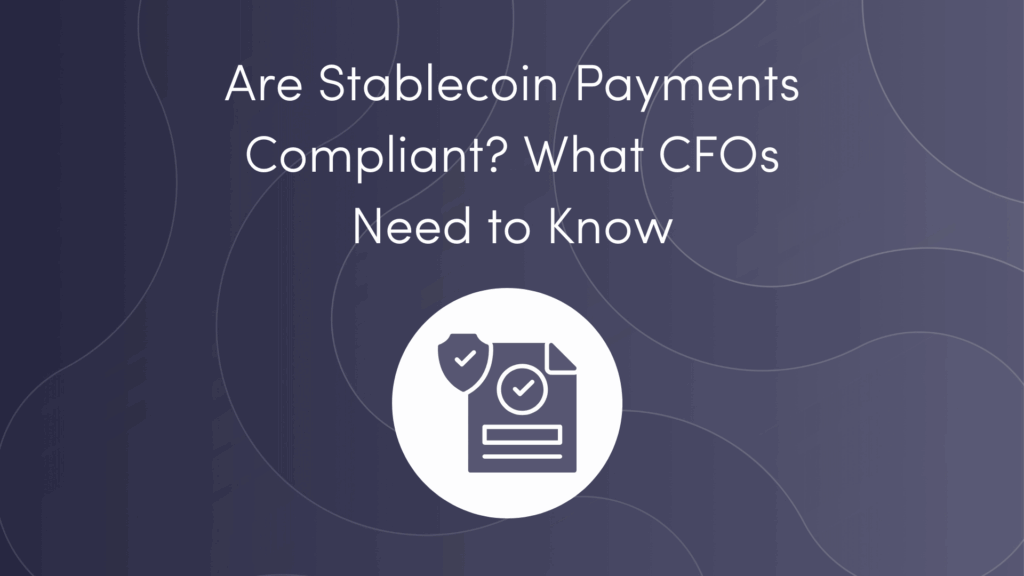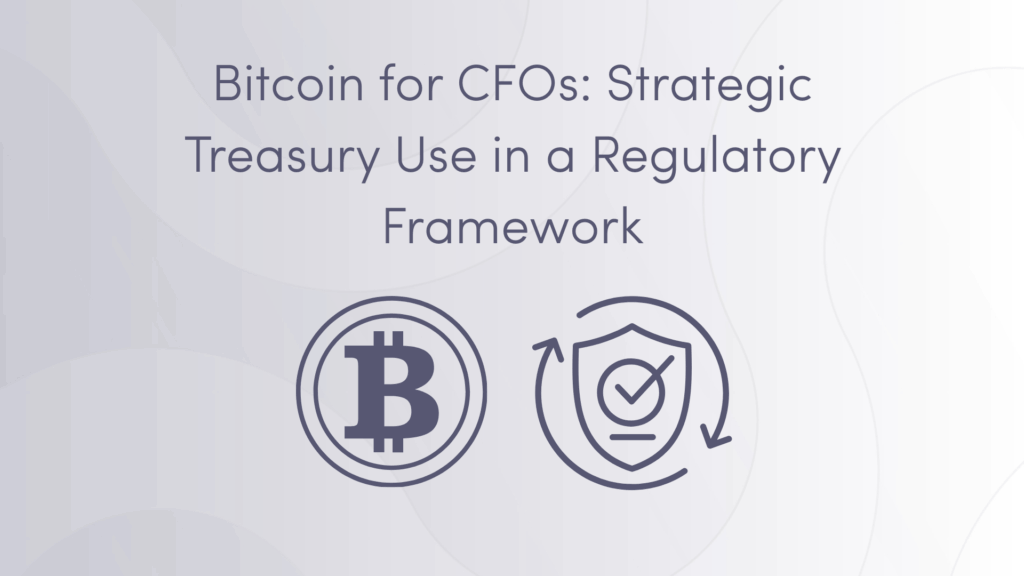Introduction: Why Stablecoins Matter in 2025
Cryptocurrencies have disrupted global finance, but price volatility remains a major barrier to adoption. Enter stablecoins: digital assets designed to maintain a stable value.
Whether pegged to the US dollar, euro, or other fiat currencies, stablecoins offer predictability in an otherwise volatile ecosystem. But what is the actual purpose of a stablecoin? Why do governments, fintechs, and global businesses increasingly rely on them?
This article breaks down the role of stablecoins, their key benefits, and their growing importance in cross-border payments, DeFi, and digital economies.
What Is a Stablecoin? A Simple Definition
A stablecoin is a type of cryptocurrency whose value is tied (or “pegged”) to a stable asset—usually a fiat currency like the US dollar (USD) or euro (EUR). The goal is to combine the price stability of traditional currencies with the technological advantages of blockchain.
Example: 1 USDC (USD Coin) = 1 USD (backed by reserves like cash or short-term U.S. Treasuries)
There are different types of stablecoins:
- Fiat-backed (e.g., USDC, EURC)
- Crypto-collateralized (e.g., DAI)
- Algorithmic (e.g., FRAX – partially backed and algorithm-controlled)
What Is the Purpose of a Stablecoin?
Let’s explore the main use cases and purposes stablecoins serve today.
1. Reducing Volatility in Crypto Transactions
Traditional cryptocurrencies like Bitcoin or Ethereum can fluctuate wildly, sometimes 10% in a single day. That’s not ideal for daily commerce or B2B payments.
Stablecoins offer price predictability, making them useful for:
- Business transactions
- Invoicing
- Payroll
- Contracts or loans in DeFi
2. Enabling Faster and Cheaper Cross-Border Payments
Stablecoins are borderless, 24/7, and settle in minutes, not days. Compared to SWIFT transfers or credit card rails, they:
- Lower transaction costs (often <$1)
- Avoid banking hours
- Provide real-time payment confirmation
This is why they’re popular in:
- Remittances
- International B2B settlements
- High-risk industries with limited banking access
3. Powering Decentralized Finance (DeFi)
In DeFi, stablecoins are the core collateral for:
- Lending and borrowing protocols (e.g., Aave, Compound)
- Liquidity pools and yield farming
- Algorithmic trading bots
They offer low-risk on-chain liquidity, which is crucial for any financial ecosystem to function.
4. Acting as a Bridge Between Fiat and Crypto
Stablecoins help users enter or exit the crypto market without converting to fiat each time. They serve as a neutral store of value on exchanges, wallets, and apps.
Example: A trader sells Ethereum for USDC to protect gains without withdrawing to a bank account.
5. Supporting Financial Inclusion
In countries with unstable currencies or weak banking infrastructure, stablecoins offer:
- Protection from inflation
- Digital dollar savings
- Access to global markets via a smartphone
This makes stablecoins a lifeline in economies like Argentina, Nigeria, or Venezuela.
https://www.reuters.com/technology/argentina-turns-us-stablecoins-amid-economic-crisis-2023-08-15
6. Providing Programmable Payments
Stablecoins are blockchain-native, meaning they can be integrated into smart contracts. This allows:
- Automated recurring payments
- Escrow services
- Revenue share distribution
- Compliance-based payment triggers
Programmability makes stablecoins more flexible than traditional bank money.
7. Enhancing Transparency and Auditability
Unlike opaque banking systems, stablecoin transactions are recorded on public ledgers. This means:
- Real-time payment tracking
- On-chain auditing for businesses
- Built-in traceability for compliance teams
When combined with regulation (e.g., MiCA), they become a trusted tool for enterprise finance.
Bonus: Are Stablecoins Regulated?
Yes, many stablecoins today are fully regulated or operate under strict compliance frameworks. For example:
- USDC is issued by Circle, registered with U.S. regulators and backed by attested reserves
- In Europe, MiCA (Markets in Crypto-Assets) will govern how stablecoins are issued and circulated
Businesses looking to adopt stablecoin payments should prioritize regulated, fiat-backed stablecoins like USDC or EURC.
Conclusion: The Purpose of Stablecoins Is Stability + Utility
The true purpose of stablecoins is simple but powerful: to bring stability, speed, and global accessibility to digital finance.
From cross-border business payments to smart contract settlements, stablecoins are not just a bridge between fiat and crypto, they’re becoming the standard for programmable money in the digital age.
Whether you’re a CFO, developer, regulator, or everyday user, stablecoins offer a safe, scalable, and compliant way to operate in a blockchain-driven economy.
The information contained in this article is not to be considered as financial, legal or professional advice. Services or technologies not provided by Damex referred to in this content is for information purposes only and you should consider doing your own research or ask us for further information or assistance. Any reliance placed on information is at your own risk.
Damex.io is regulated in various jurisdictions. Damex provides services to institutions and sophisticated investors only and Damex’s services are not available to retail users. Information on services provided relevant to your jurisdiction and information on the unique risks that digital asset trading carries are available at damex.io/disclaimer and damex.io/risk-notice.






